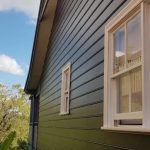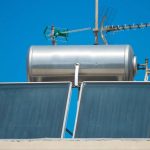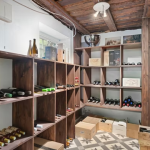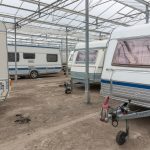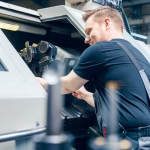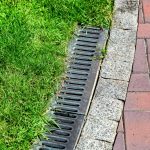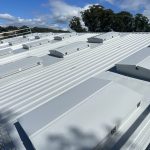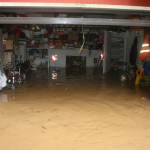6 Essential Home Maintenance Jobs to Get On Top Of
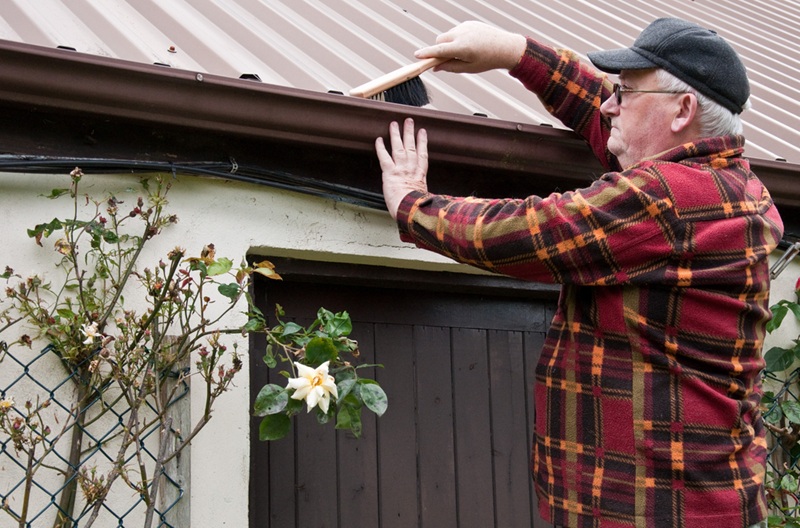
Owning a home in Australia feels rewarding but it comes with responsibilities. If you slip on regular upkeep, minor issues can spiral into expensive repairs. Here are six essential jobs you should prioritise – tasks that protect your investment, keep your home safe and comfortable, and often prevent nightmares down the track.
1.Clean and inspect gutters & downpipes
Blocked gutters are sneaky troublemakers. Leaves, twigs and debris collect through autumn and spring. When heavy rain arrives, water can overflow, damaging eaves, walls and foundations. It might also seed pools of moisture under roofing sheets.
To stay ahead:
Do this at least twice a year (end of winter, end of spring).
- Flush the downpipes with water to check flow.
- Check for sagging or separation from the roofline.
- Seal or refasten any loose gutter brackets.
- Consider installing gutter guards (mesh or leaf guards) to reduce the frequency of blockage.
- This minor job saves you from drips, rot and structural damage later.
2. Service your cooling/heating systems & replace filters
In many parts of Australia, summers get blistering. During those months, your air conditioner (split system, evaporative or ducted) works overtime. In colder regions, heating (reverse cycle, gas heaters) also does a lot of work.
What to do:
- Replace or clean air filters every 3–6 months. A clogged filter makes the system strain, raising power bills and reducing lifespan.
- Get a qualified technician to inspect refrigerant levels, fan motors, coils, ducting (if present), and electrical connections – ideally once per year.
- Clean vents, ducts, grills and ensure nothing is blocking airflow.
- For older systems, check and seal duct joints (if applicable).
A well-serviced system runs more efficiently and is less likely to break down when you really need it.
3. Check your roof for damage & leaks
Your roof is your home’s first line of defence against sun, wind, rain and storms. Because roofs age slowly, small cracks or loose tiles often go unnoticed until they leak. While you’re checking your roof, it’s also worth inspecting connected structures like gutters, fascia boards, and your garage door for signs of wear or water damage. A rusted or misaligned garage door can let in moisture, drafts, and pests – issues that are easy to miss but can become expensive to fix if ignored.
When you inspect your roof:
- Walk the roof (if safe) or hire a licensed roofer for a proper check.
- Look for cracked, broken or missing tiles or sheets.
- Check flashing around chimneys, flues, vents and edges for corrosion or separation.
- Watch for rust on metal roofs or seams, especially around fasteners.
- Inspect interior ceilings and attic spaces for water stains or mouldy patches.
- Check that your garage door opens smoothly and seals properly when closed. If it’s noisy, sticking, or sagging, it might be time for a garage door repair or service.
Because roof and garage door work can be risky without the right tools and experience, don’t hesitate to hire a professional – it’s a smart investment that protects your home from the elements.
4. Inspect plumbing, pipes & drains
Leaking pipes, blocked drains, worn washers and cracked seals are often hidden until they wreak havoc. Water leaks cause rot, mould, structural decay and huge repair bills.
Essential steps:
- Run all taps, showers and toilets. Check under sinks and behind toilets for drips or moisture.
- Look for slow drain flow, gurgling noises or backflow – they may signal blockages or ground shifts.
- Check exposed pipes (in garage, under house, in laundry) for corrosion, cracks or sagging insulation.
- Make sure outdoor taps and irrigation lines don’t leak.
- In colder regions or high altitudes, insulate vulnerable pipes or fit heat tape to reduce risk of freezing (if applicable).
Catching leaks early often lets you patch instead of replacing major sections.
5. Test smoke alarms, safety devices & electrical circuits
Safety first. If a fire starts, you want every alarm to work. If circuits are overloaded, you could burn out devices or risk electrical fires.
Your to-do list:
- Test every smoke alarm once a month. Replace batteries annually (or sooner).
- Check that you have enough alarms in all appropriate zones (bedrooms, hallways etc).
- Install or test residual current devices (RCDs) or safety switches in your switchboard.
- Have a licensed electrician inspect wiring, switchboards and connections every 5–10 years (or sooner in heritage or older homes).
- Label your switchboard circuits clearly.
Don’t wait for warnings like flickering lights or tripping power – act now.
6. Maintain external surfaces, paintwork & sealants
Sun, heat, rain and humidity all take their toll on external surfaces – from render and timber to metal and brickwork. Over time, paint fades, sealant cracks, and materials start to deteriorate. Staying on top of these small issues keeps your home looking great and structurally sound.
If you’re planning major renovations or extensions, it’s worth consulting new home building companies for advice on modern, weather-resistant materials and updated building techniques. They can recommend the best coatings, insulation, and finishes for your climate, helping you future-proof your home against the elements.
Here’s what to do:
- Walk around the exterior each year and check for peeling paint, flaking render or mould.
- Touch up or repaint exposed surfaces using UV-resistant, weatherproof paints.
- Inspect all sealant around windows, doors, and joints. Replace any that’s cracked or shrinking.
- Sand and reseal timber decks, pergolas, and fences as needed.
- Look for cracks in brickwork or masonry and get them assessed early.
Keeping your home’s exterior well maintained not only preserves its appearance but also prevents costly structural repairs later.
When to Call a Tradie – and Why
You’re not expected to DIY everything. For tasks involving height (roofs, gutters), structural work, electrical, plumbing and major system servicing, hire licensed professionals. Always get multiple quotes and check licences. In Australia, scams and rogue tradies are an unfortunate risk – never agree to work without a formal quote and written contract.
Tradies are in high demand now that many homeowners are focusing on upkeep rather than new builds. That means long lead times – plan ahead.
Also, prioritise these six jobs by region and season. For example, in tropical Queensland, pest and humidity control matters more. In Tasmania, insulation and heating take priority. Modify your schedule accordingly.





